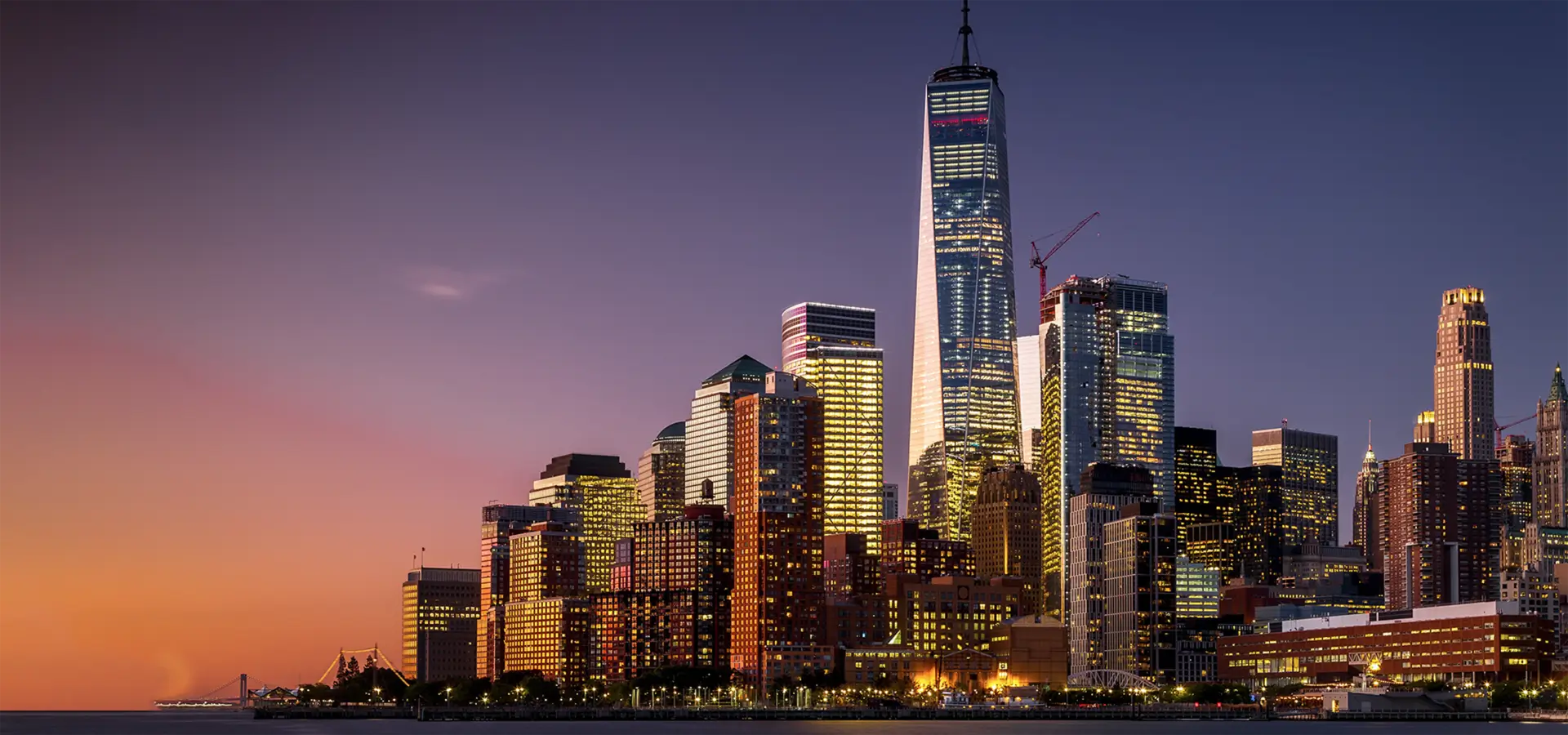

The Evolution and Applications of Low-E 270 Glass
In the realm of modern architecture and energy-efficient building design, Low-E (low emissivity) glass has emerged as a pivotal innovation. Among the various types of Low-E glass, Low-E 270 glass stands out due to its unique properties and versatility in application. By enhancing the performance of windows and facades, Low-E 270 glass contributes significantly to energy savings and improved indoor comfort.
Understanding Low-E 270 Glass
Low-E 270 glass is defined by its coating, which reflects solar heat while allowing visible light to pass through. The 270 designation refers to the specific level of solar heat gain and light transmittance characteristics provided by this glass type. With a visible light transmittance (VLT) value of around 70%, Low-E 270 glass strikes an ideal balance between natural daylight intake and heat control, making it an attractive choice for residential and commercial buildings alike.
The core technology behind Low-E glass lies in the thin metallic coatings that are applied to one or more surfaces of the glass. These coatings have low emissivity, meaning they have reduced thermal radiation properties. This not only minimizes the amount of heat lost from the interior during colder months but also ensures that excessive heat does not enter during warmer weather. The result is a more stable indoor temperature, leading to enhanced comfort and reduced reliance on artificial heating and cooling systems.
The Evolution and Applications of Low-E 270 Glass
The application of Low-E 270 glass in building projects can yield significant energy savings. Studies indicate that windows using Low-E coatings can save up to 30% to 50% more energy compared to traditional single-pane glass. This reduction in energy consumption is particularly critical in today’s context of rising global temperatures and increasing energy costs, where sustainable building practices are increasingly emphasized.

In addition to energy savings, the use of Low-E 270 glass can contribute to a building's LEED (Leadership in Energy and Environmental Design) certification, rewarding architects and builders for incorporating energy-efficient technologies. In a world that is progressively gravitating toward sustainability, having exterior glass that minimizes energy waste aligns perfectly with eco-friendly building strategies.
Aesthetic and Functional Advantages
The aesthetic appeal of Low-E 270 glass cannot be overlooked. Its high level of clarity and transparency allows architects to design spaces that are flooded with natural light. Natural light not only enhances the visual appeal of a space but also promotes well-being among occupants, contributing to better productivity and mood. Moreover, the clarity of Low-E 270 glass does not compromise on performance; it provides the essential protective features against UV rays, helping reduce interior fading of furniture and fabrics.
From a functional standpoint, Low-E 270 glass is incredibly versatile. It can be applied in various contexts, including residential homes, office buildings, schools, and shopping centers. Its adaptability makes it suitable for a range of projects, from modern minimalistic designs to more traditional architectural styles.
Conclusion
In conclusion, Low-E 270 glass presents a remarkable technological advancement in the field of architecture, merging aesthetics with energy efficiency and sustainability. Its unique properties help reduce energy costs while enhancing the comfort and functionality of spaces. As building codes and regulations increasingly favor energy-efficient technologies, the popularity of Low-E 270 glass is likely to continue to rise. By investing in such innovative materials, the construction industry can contribute to a more sustainable future, ensuring that comfortable and energy-efficient environments are available for generations to come. As we move into a new era of building design, Low-E 270 glass symbolizes a step in the right direction towards harmonizing human habitats with the natural environment.